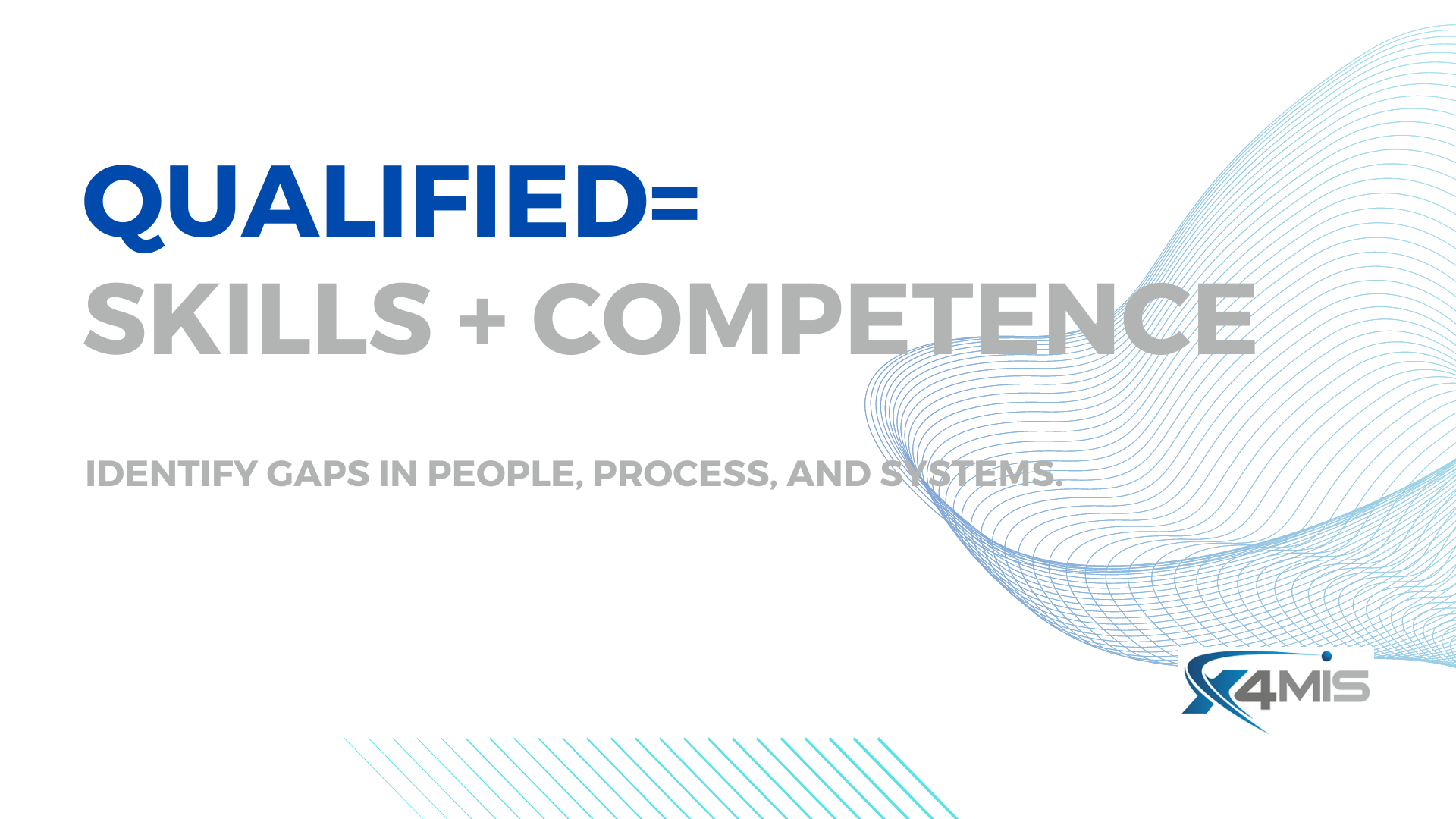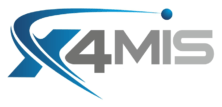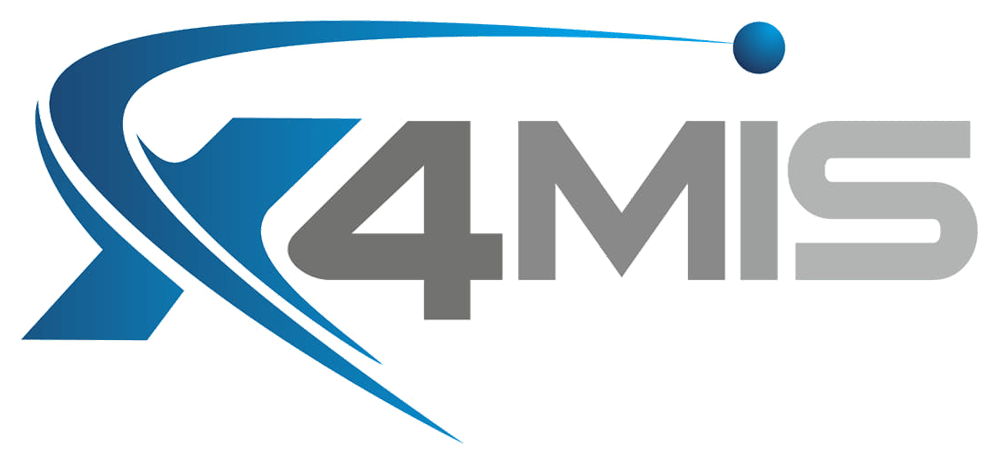X4MIS's Approach to Leadership, Change Management, and Change Communications
Organizations are well aware of the need to change and adapt in order to remain competitive and relevant.

Many organizations lack the necessary understanding to effectively conceptualize change projects, allocate the required resources, and plan for the challenges that come with change. To bridge this gap and foster successful transformations, it is crucial to assess organizational readiness for change. This is where Change Readiness Assessment (CRA) comes into play.
Change Readiness Assessment is a tool designed to help organizations define, understand, and quantify the impact of change on various aspects of their operations. By using CRA, organizations can gain a comprehensive understanding of their preparedness to face change, identify potential areas of resistance, and develop targeted strategies to address these challenges. The CRA process enables organizations to determine the extent of the support needed, mitigate risks, and allocate resources effectively, thus increasing the likelihood of a successful change project.
The Basics of A CRA.
Picture this, you're the captain of an organization navigating the uncertain waters of today's business landscape, and you're trying to make sure your ship and its crew are ready for whatever waves come your way. That's where the Change Readiness Assessment (CRA) comes into play—think of it as your trusty nautical compass, guiding you on your voyage to change.
Now, before embarking on this adventure, you need a solid plan to ensure you don't end up stranded at sea. Just like an experienced sailor, you need to consider all aspects and factors of your voyage to determine if it's worth it. And that's precisely what CRA does!
The CRA is like a seasoned first mate, providing invaluable insights on the different aspects of your journey. For starters, it helps you gauge the internal and external factors at play. Imagine you're facing a stormy sea (i.e., the market). Are you confident your crew (i.e., your team) can weather the storm? Is the hull of your vessel sturdy(i.e., culture), holding everything together. A strong, adaptive culture is what keeps your ship afloat in rough waters. The CRA can help you answer that question by assessing your organization's market readiness.
A good Captain is like the skilled helmsman steering the ship, providing direction and motivation to the crew.
X4MIS's Approach to Leadership, Change Management, and Change Communications
The Change Readiness Assessment (CRA) offers a systematic approach to evaluating an organization's preparedness for change. X4MIS has developed a comprehensive CRA framework that focuses on three key categories: Leadership, Change Management, and Change Communications.
Leadership: Steering the Ship
Strong leadership is the cornerstone of any successful change initiative. Leaders set the direction, motivate the team, and create an environment that fosters adaptability and resilience. X4MIS's CRA framework evaluates the effectiveness of an organization's leadership in navigating change by assessing the leadership competence.
The considers leadership in the following sub-groups which cover the required experience and attitude necessary to drive the change.
Group 1: Sponsor's Role and Characteristics
- The change has a sponsor
- The sponsor has the necessary authority over the people, processes, and systems to authorise and fund the change
- The sponsor is willing and able to build a sponsorship coalition for the change, and is able to manage resistance from other managers and supervisors
Group 2: Sponsor's Active Participation and Decision-making
- The sponsor will actively and visibly participate with the project team throughout the entire project
- The sponsor will resolve issues and make decisions relating to the project schedule, scope and resources
- The sponsor will visibly reinforce the change and celebrate successes with the team and the organisation
Group 3: Change Alignment with Organization's Vision, Strategy and Priorities
- The organisation has a clearly defined vision and strategy
- This change is aligned with the strategy and vision for the organisation
- Priorities have been set and communicated regarding this change and other competing initiatives
- The sponsor can build awareness of the need for the change (why the change is happening) directly with employees
Change Management: Charting the Course
Effective change management is crucial for the smooth implementation of change initiatives. It involves careful planning, execution, monitoring, and evaluation to ensure that the organisation can successfully transition from its current state to the desired future state.
The transition is considered through a framework which considers the three sub-groups for effectively managing the change at the implementation level.
Group 1: Strategy, Team, and Plan Development
- A change management strategy including the necessary sponsorship model and change management team model has been created
- Change management team members have been identified and trained
- Change management plans including communications, sponsorship, coaching, training, and resistance management have been created
Group 2: Stakeholder Engagement and Feedback
- Change initiatives are accurately tailored to the particular needs and concerns of each stakeholder group
- Feedback processes have been established to gather information from employees to determine how effectively the change is being adopted
- Resistance to change is managed effectively and change successes are celebrated, both in private and in public
Group 3: Change Management Approach and Assessment
- A structured change management approach is being applied to the project
- An assessment of the change and its impact on the organisation has been completed, including an assessment of the organisation's readiness for change
- Anticipated areas of resistance have been identified and special tactics have been developed
- An assessment of the strength of the sponsorship coalition has been conducted
Change Communications: Keeping the Crew Informed
Transparent and effective communication is essential to keep everyone on board during a change initiative. Ensuring communication is effectively implemented is about the overlap between stakeholders and the channels to reach them. The communicated must contain the following for effective stakeholder engagement and buy-in:
Group 1: Project Definition, Objectives, and Structure
- The change is clearly defined including what the change will look like and who is impacted by the change
- The project has specific objectives that define success
- Project milestones have been identified and a project schedule has been created
- A project manager has been assigned to manage the project resources and tasks
- A work breakdown structure has been completed and deliverables have been identified
- Resources for the project team have been identified and acquired based on the work breakdown structure
Group 2: Communication and Stakeholder Engagement
- The organisation has a clearly defined vision and strategy, and changes are continually communicated with all stakeholders
- The organisation’s messaging about change projects is clear, concise, and consistent
- Mechanisms are in place to identify lapses in effective communication
- The organisation uses multiple communication methods to keep stakeholders informed
- Periodic meeting is conducted with the project team to track progress and resolve issues
Group 3: Change Management Integration and Skills Development
- The sponsor is readily available to work on issues that impact dates, scope, or resources
- The project plan has been integrated with the change management plan
- Skills and knowledge needed for transition have been identified
- Skills assessments are continually conducted for change projects and gaps are identified for transition

Change Readiness Assessment
Write your caption hereButton
Slide title
Write your caption hereButton
Slide title
Write your caption hereButton
Slide title
Write your caption hereButton
Slide title
Write your caption hereButton
Slide title
Write your caption hereButton
Slide title
Write your caption hereButton
Compose the Change
Browse by Categories

Free On-Line Change Management Methodology that enables individuals and organisations, especially those previously without access to effective change management programmes, to deliver more effective community and country programmes which improve prosperity and save lives.
QUICKLINKS
TRAINING LINKS
LATEST POSTS




